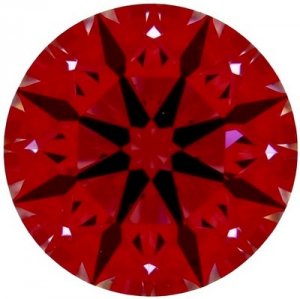I'm looking to purchase this diamond and have a few questions.
http://www.bluenile.com/diamond-details/LD06889949
Would the "I" color be noticeably yellow on a white gold setting?
Is this a good deal? Or should I consider getting something smaller but higher on the color scale.
Any advice would be welcomed!
http://www.bluenile.com/diamond-details/LD06889949
Would the "I" color be noticeably yellow on a white gold setting?
Is this a good deal? Or should I consider getting something smaller but higher on the color scale.
Any advice would be welcomed!




300x240.png)